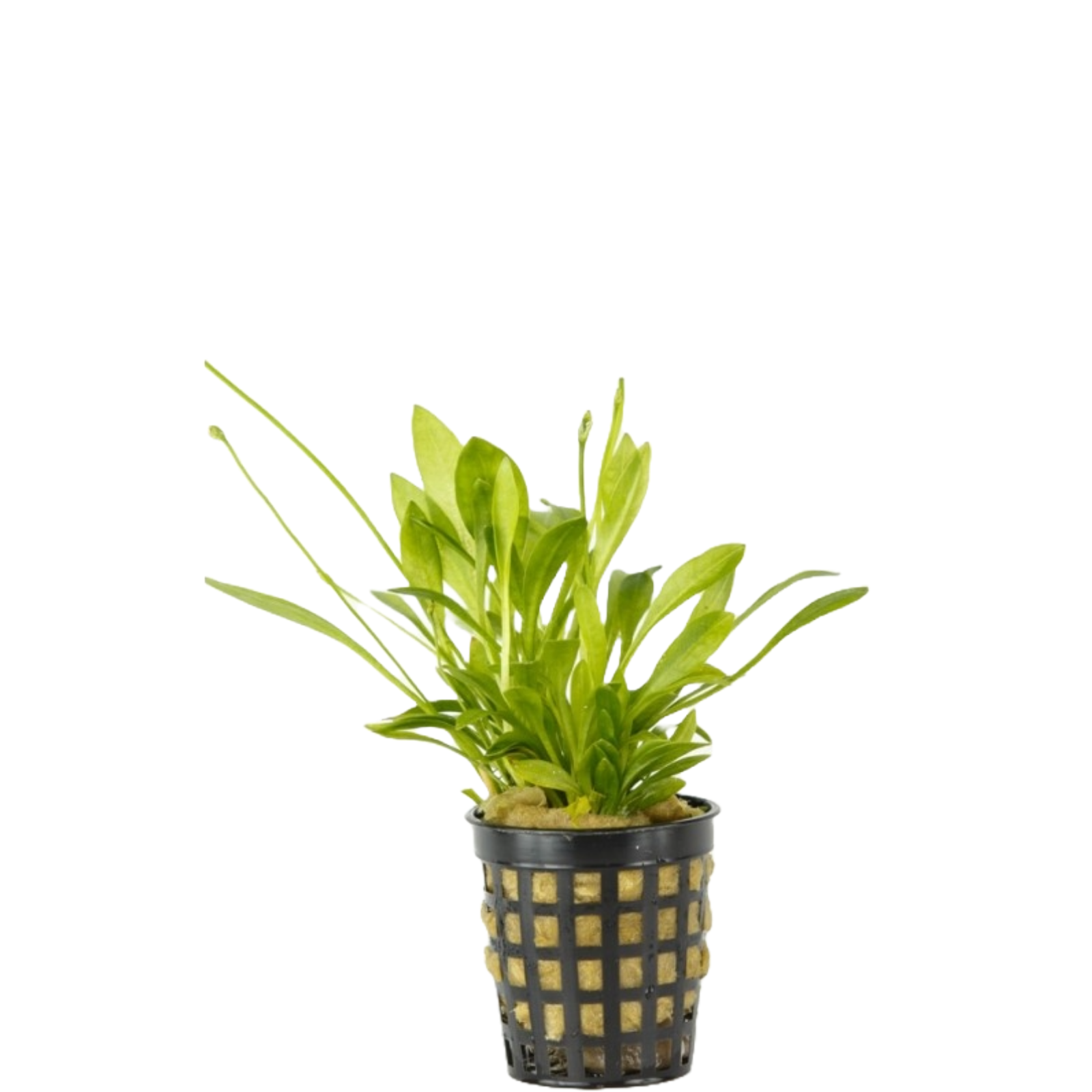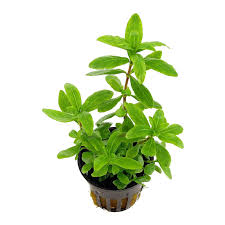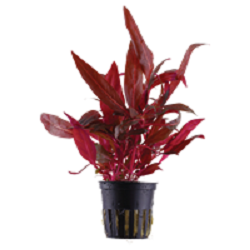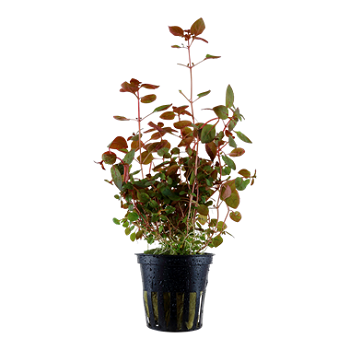Echinodorus latifolius – Hardy Carpet Plant for Freshwater Aquariums
Echinodorus latifolius, also known as sea buckthorn, is a resilient and easy-to-care aquatic plant from Central America, particularly found in Costa Rica and Panama. Belonging to the Alismataceae family, it is ideal for aquascapers of all experience levels, adapting well to both nano and large aquarium setups. Its compact growth and ability to spread across the substrate make it perfect for foreground use and natural aquascaping.
The plant forms slender, lanceolate leaves ranging from 6 to 10 cm long and 0.5 to 1 cm wide, arranged in elegant, vertical rosettes. Even under moderate lighting, it creates dense green carpets, reproducing easily through root runners. When given proper lighting, CO₂, and nutrient supplementation, Echinodorus latifolius thrives and maintains its bright appearance.
Main features:
-
Origin: Central America (Costa Rica, Panama)
-
Height: 6-10 cm
-
Leaf width: 0.5-1 cm
-
Compact, fast-growing structure
-
Natural carpet-forming habit
-
Excellent adaptability and resilience
Cultivation requirements:
-
Lighting: medium to strong
-
Temperature: 22-28 °C
-
pH: 6.5-7.5
-
Water: soft to moderately hard
-
CO₂ and fertilization recommended for optimal growth
Why choose Echinodorus latifolius:
Ideal for foreground coverage, this plant is valued for its simplicity, fast propagation, and ability to absorb excess nutrients, creating a safe, visually appealing habitat for fish and shrimp. A smart pick for balanced and sustainable aquarium layouts.



 English
English  Italiano
Italiano 




_20250327174055.jpg)
